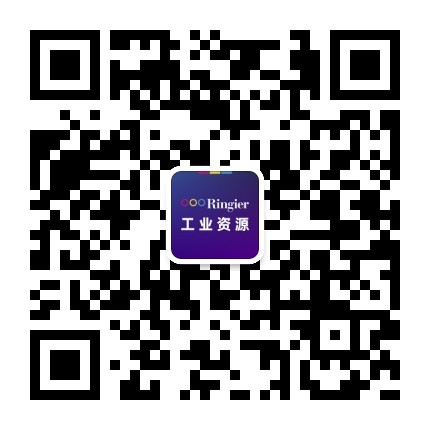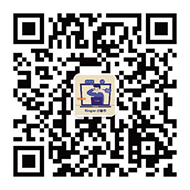By: Kathryn Gerardino-Elagio

(left) Quirin Goerz, CEO, KUKA Digital
At this year’s 3DEXPERIENCE World in Houston, automation pioneer KUKA showcased its forward-looking approach to digital engineering, collaborative robotics, and sustainability. In partnership with Dassault Systèmes, KUKA introduced groundbreaking developments that pave the way for the next era of smart manufacturing.
While the panel featured multiple perspectives, International Metalworking News for Asia captured the key takeaways in this exclusive executive interview recap.
Q: Could you explain KUKA’s recent collaboration with Dassault Systèmes and how it's reshaping the digital manufacturing landscape?
Quirin Goerz, CEO of KUKA Digital: Our collaboration with Dassault Systèmes goes far beyond traditional integration—this is a strategic partnership aimed at developing a truly interoperable digital ecosystem. The goal is to connect engineering and manufacturing disciplines using the 3DEXPERIENCE platform as the digital backbone.
We want to eliminate data silos and enable a holistic, collaborative engineering environment where everything from robot design and programming to simulation and production planning can be executed and synchronised in one place. The key here is flexibility—letting users work with the software tools they prefer while staying connected to the broader digital thread.
As outlined in our partnership, KUKA is now a certified software partner within the Dassault Systèmes ecosystem. This deep integration helps our customers streamline decision-making across distributed teams while maintaining robust IP security in the cloud—especially important in sectors like energy, healthcare, and aerospace.
Q: What role does KUKA’s Mosaic platform play in this collaboration?
Quirin Goerz, CEO of KUKA Digital: Mosaic is our user-centric operations platform designed to bridge real-world shop floors with the digital domain. It enables system integrators, robot engineers, and simulation experts to plan, track, and execute automation projects collaboratively.
Through Mosaic’s connection to the 3DEXPERIENCE platform, users can manage simulations, engineering data, and robot configurations in real-time—across a secure, cloud-based environment. This allows for faster iterations, less duplication of work, and significantly reduced ramp-up time in automation deployments.
Importantly, Mosaic ensures compatibility across various engineering and simulation tools, meaning customers aren’t locked into a single system. They benefit from the interoperability promised by our shared platform with Dassault Systèmes.
Q: How does this collaboration support sustainable manufacturing practices? Could you give examples in automotive or aerospace sectors?
Quirin Goerz, CEO of KUKA Digital: Sustainability is embedded in the way we approach design and manufacturing. One of the most effective ways to reduce environmental impact is by simulating full production environments before building anything.
For example, in the automotive sector, our tools allow manufacturers to test plant layouts, material flows, and robotic operations virtually—reducing waste, minimising energy consumption, and avoiding costly design flaws. In some use cases, this has led to 40% reductions in material scrap during ramp-up phases.
Through the 3DEXPERIENCE platform, customers can also assess their supply chain’s carbon footprint—comparing locally sourced materials with international logistics, or testing alternative materials for energy efficiency. These simulations support more data-driven decisions around sustainability and resource usage.
Q: With the rise of collaborative robots (cobots), what challenges does KUKA face in scaling this technology globally, and how are you addressing them?
Quirin Goerz, CEO of KUKA Digital: One of the main roadblocks is regulatory inconsistency. Although cobots are inherently safe, regional safety standards vary, especially in high-risk industrial environments. This slows global adoption.
Another challenge is intelligence and autonomy. Most cobots still require significant manual programming. That’s why we’re focusing on AI and machine learning—equipping robots to learn tasks on their own, identify variations, and adjust accordingly. We're currently developing cobots that integrate vision systems and AI reasoning to identify parts, assess orientation, and perform complex tasks without being explicitly programmed every step of the way.
Q: How is KUKA incorporating generative AI into its systems?
Quirin Goerz, CEO of KUKA Digital: We see enormous potential in applying generative AI to automation engineering. Imagine being able to describe a robotic task or layout using natural language, and the system generates an optimised robotic workflow in seconds.
We are actively integrating this into both robot programming and digital twin development. Combined with real-time sensor feedback and simulation data, generative AI will drastically reduce engineering workload and unlock new levels of production agility.
Looking Ahead: Shaping the Future of Automation Together
KUKA’s strategic partnership with Dassault Systèmes represents a milestone in the digital transformation of manufacturing. By combining Mosaic's intuitive project interface with the power of 3DEXPERIENCE’s simulation and collaboration tools, manufacturers across industries can expect greater efficiency, smarter automation, and greener outcomes.
As the boundaries between digital and physical production continue to blur, this collaboration stands as a model for how open ecosystems, AI, and cloud platforms will redefine the future of intelligent manufacturing.

 iConnectHub
iConnectHub
 Login/Register
Login/Register Supplier Login
Supplier Login


























